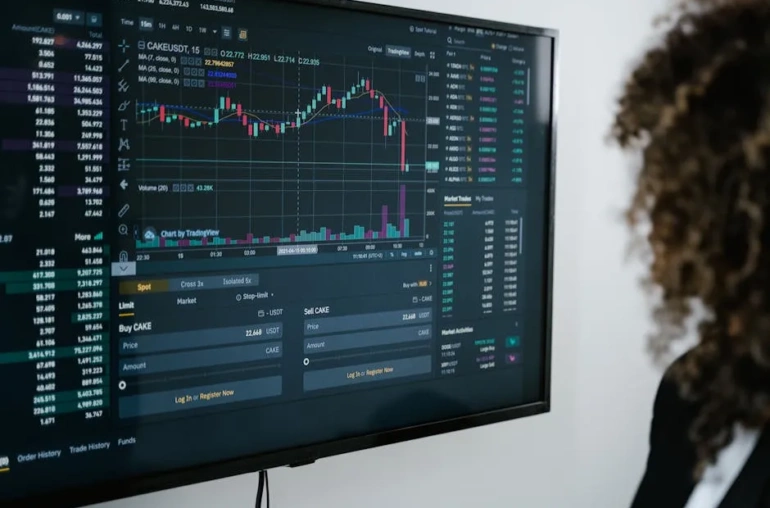
Geopolitical Tensions Send Crypto Markets into a Tailspin
The cryptocurrency market experienced a sharp downturn over the weekend as escalating geopolitical tensions rattled investor confidence. Following reports of U.S.-led airstrikes on Iran’s nuclear facilities, major cryptocurrencies like Bitcoin (BTC) and Ethereum (ETH) saw significant price drops, with BTC falling below $60,000 and ETH dipping under $3,000.

Why Did the Crypto Market Crash?
The immediate trigger was the sudden escalation in Middle East tensions after the U.S. and Israel launched coordinated strikes on Iranian nuclear sites. Historically, cryptocurrencies have shown sensitivity to geopolitical instability, often mirroring traditional markets like gold and oil during crises. Key factors driving the sell-off included:
- Risk-Off Sentiment: Investors fled volatile assets, including crypto, for safer havens like the U.S. dollar and bonds.
- Liquidation Pressure: Overleveraged positions were liquidated as prices dropped, exacerbating the downturn.
- Market Uncertainty: Fears of prolonged conflict and potential regulatory crackdowns weighed on sentiment.
How Major Cryptocurrencies Performed
The sell-off was broad-based, affecting both large-cap and altcoin markets:
- Bitcoin (BTC): Dropped 8% to $58,500, its lowest level in a month.
- Ethereum (ETH): Fell 10% to $2,850, erasing gains from the previous week.
- Altcoins: Meme coins and DeFi tokens saw even steeper declines, with some losing over 15% in 24 hours.
What’s Next for Crypto Investors?
While the market remains volatile, analysts suggest keeping an eye on:
- Geopolitical Developments: Further escalation could prolong the downturn.
- Institutional Moves: Large buyers may step in if prices stabilize.
- Technical Levels: Key support zones for BTC ($56,000) and ETH ($2,700) could dictate short-term trends.
For now, caution is advised. Long-term investors might see this as a buying opportunity, but traders should brace for continued volatility.



